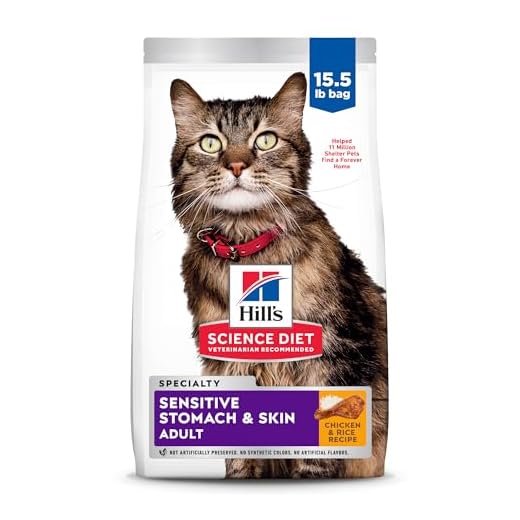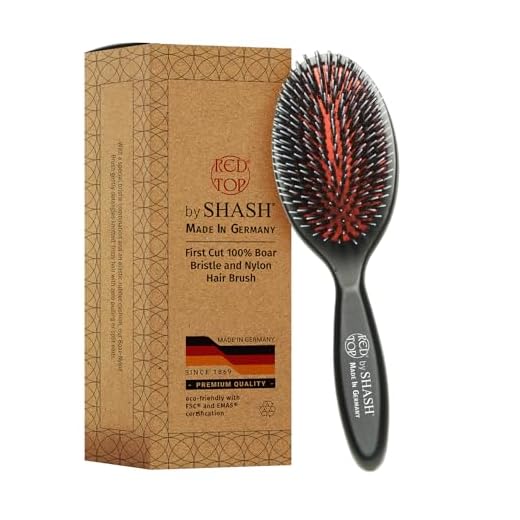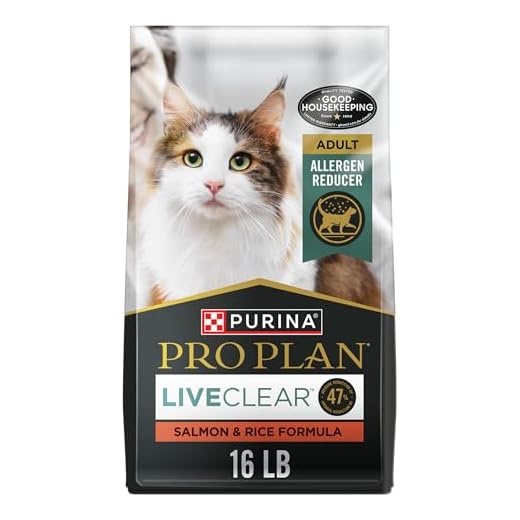



Regular grooming sessions are a must. Use a quality brush designed for my coat type, preferably one that reaches the undercoat. This helps remove loose fur and prevents it from spreading around the house.
Maintain a balanced diet rich in omega fatty acids. Foods that include fish oil or flaxseed can significantly improve skin health, leading to reduced fur loss. Staying hydrated is equally crucial, so always ensure fresh water is available.
Consider regular baths with a gentle shampoo formulated for felines. This can help remove dead fur and dander, keeping my coat clean and healthy. Frequency depends on my coat type and lifestyle, but a bath every few months is usually beneficial.
Regular vet check-ups are essential to rule out any underlying health issues. Conditions like allergies or skin infections can contribute to excessive fur loss. Keeping my vaccinations up to date also supports my overall well-being.
Creating a stress-free environment plays a crucial role. Providing plenty of enrichment activities, safe spaces, and positive interactions can help reduce anxiety, which is often linked to fur loss.
Strategies to Reduce Loose Fur
Regular grooming is key. I enjoy being brushed with a slicker brush or a grooming glove, which helps capture the dead strands before they scatter everywhere. Aim for a few minutes each day to keep my coat in top shape.
Diet plays a significant role too. A high-quality diet rich in omega fatty acids keeps my fur healthy and minimizes loss. Look for foods specifically formulated for my breed or age group.
Hydration is another factor. I must stay well-hydrated to maintain a healthy coat. Fresh water should always be available. Consider a water fountain; I prefer drinking from running water.
Stress management is important. A calm environment, with plenty of playtime and cozy spots, helps reduce anxiety, which can contribute to excessive fur loss.
Regular vet visits are essential. They can check for underlying issues that might cause increased fur loss, such as allergies or parasites. Keeping up with vaccinations is also important for my overall health.
Keep the home clean. Frequent vacuuming and washing of bedding help manage the fur that does come off. Using lint rollers is a quick fix for clothes and furniture.
Understanding the Reasons Behind Cat Shedding
Regular grooming sessions have helped me tackle the natural cycle of losing fur. Knowing the underlying causes is key. Seasonal changes often trigger excessive fur loss as I adjust to temperature shifts. Spring and fall are particularly noticeable for me.
Health factors play a significant role too. Allergies, skin conditions, or parasites can lead to increased fur fall. If I feel discomfort or irritation, it’s likely I’ll lose more than usual. Ensuring a balanced diet keeps my coat shiny and healthy, reducing unwanted fallout.
Stress affects me as well. Changes in my environment or routine can lead to anxiety, which may cause me to lose more fur. Creating a calm space helps me maintain my coat. Engaging in play and providing cozy resting areas contribute to my overall well-being.
Lastly, my age matters. As I mature, my fur becomes thinner, leading to more visible loss. Regular check-ups with the vet help monitor my health and address any concerns that arise due to aging.
Choosing the Right Diet for Reduced Shedding
Opt for high-quality, protein-rich kibble or wet food that contains real meat as the primary ingredient. Ingredients like chicken, turkey, or fish promote healthy fur and skin.
Essential Fatty Acids
Incorporate omega-3 and omega-6 fatty acids into meals. These nutrients help maintain skin moisture and reduce dryness, leading to less fur loss. Look for supplements or food with fish oil or flaxseed oil.
Hydration Matters
Encourage plenty of water intake. Proper hydration supports skin health and can minimize excessive fur loss. Consider a pet water fountain to make drinking more appealing.
Implementing a Regular Grooming Routine
Consistent grooming is key to managing fur loss. I recommend setting aside time daily or every few days for a thorough brushing session. This helps remove loose fur before it ends up on your furniture.
Tools You’ll Need
- Soft bristle brush for regular coats.
- Deshedding tool for thicker fur types.
- Lint roller for quick clean-ups.
- Cat-friendly grooming wipes for a fresh feel.
Grooming Techniques
- Start with gentle strokes, following the direction of the fur.
- Pay special attention to areas prone to matting, like behind the ears and under the legs.
- Reward with treats to create a positive experience.
Incorporating play into grooming can make it even more enjoyable. Using the best toys for bengal cats can keep me engaged while you brush. A happy kitty is less likely to stress about grooming!
Regular sessions not only reduce fur around the house but also promote bonding. Enjoy the process, and your companion will too!
Creating a Comfortable Living Environment
Maintaining a cozy space is key to minimizing fur fallout. Ensure the temperature remains stable and avoid extreme fluctuations that can lead to unnecessary coat loss.
Optimal Sleeping Areas
- Designate quiet zones with soft bedding for relaxation.
- Choose materials that are easy to clean and wash regularly.
- Provide multiple resting spots to accommodate preferences.
Air Quality Management
- Invest in an air purifier to reduce allergens and dander.
- Regularly clean surfaces to minimize dust and debris.
- Ensure proper ventilation to keep the air fresh.
Creating a serene environment contributes significantly to well-being. By addressing comfort and air quality, I can enjoy my surroundings while reducing the need for excessive grooming and maintenance. Regularly assess the space to ensure it meets changing needs.
Identifying and Managing Allergies or Skin Conditions
Regularly check for any unusual signs on your skin. Redness, itching, or irritation can indicate a problem. If I notice any of these symptoms, I recommend visiting a veterinarian for an accurate diagnosis and treatment options.
Common allergens include dust mites, pollen, and certain foods. To minimize exposure, keep my living space clean and vacuum often. Using a best pressure washer for farm equipment can help maintain the environment by removing allergens outside.
Diet plays a role too. Foods rich in Omega-3 fatty acids can improve skin health. Consider consulting with a vet about switching to a hypoallergenic diet if food allergies are suspected.
Regular grooming is essential not just for fur management but also for skin health. Brushing removes dead skin cells and helps spot any issues early. I always feel better after a good grooming session!
| Common Allergens | Signs of Allergies | Management Tips |
|---|---|---|
| Dust Mites | Itching, Redness | Frequent cleaning, use air purifiers |
| Pollen | Sneezing, Skin Irritation | Limit outdoor exposure, wipe paws after walks |
| Food | Vomiting, Diarrhea | Switch to hypoallergenic diet, consult vet |
Keep an eye on my scratching habits; excessive scratching could mean I’m dealing with something more serious. Quick identification and intervention can make a significant difference in comfort and health.
Utilizing Specialized Products for Shedding Control
Invest in a high-quality deshedding tool designed for my fur type. These tools effectively remove loose fur and reduce the amount of hair left around the house. Brands like Furminator or Hertzko have great options that work wonders.
Consider using a grooming glove. This product allows for easy and enjoyable brushing while also capturing loose strands. The soft bristles feel good on my coat and make grooming a relaxing experience.
Incorporate a specialized shampoo into my bathing routine. Look for formulas specifically aimed at reducing fur loss; they often contain ingredients that nourish the skin and promote healthier fur. Regular baths help minimize the amount of fur that ends up on furniture and clothes.
Try a fur control spray. These products can be applied directly to my coat and work by reducing static, which often causes loose fur to fly around. They can be a quick fix before visitors arrive.
Include a nutritional supplement that supports skin and coat health. Omega fatty acids are excellent for maintaining a healthy coat, which can lead to less fur being shed in the first place. Check with a vet for suitable options.
Explore air purifiers with HEPA filters. These devices help capture airborne fur and dander, creating a cleaner living space. A purifier can significantly reduce the amount of fur settling on surfaces.
Experiment with lint rollers. They are handy for quick cleanups, especially on clothing and furniture. Keeping one within reach makes it easy to tackle any stray strands that I might leave behind.










